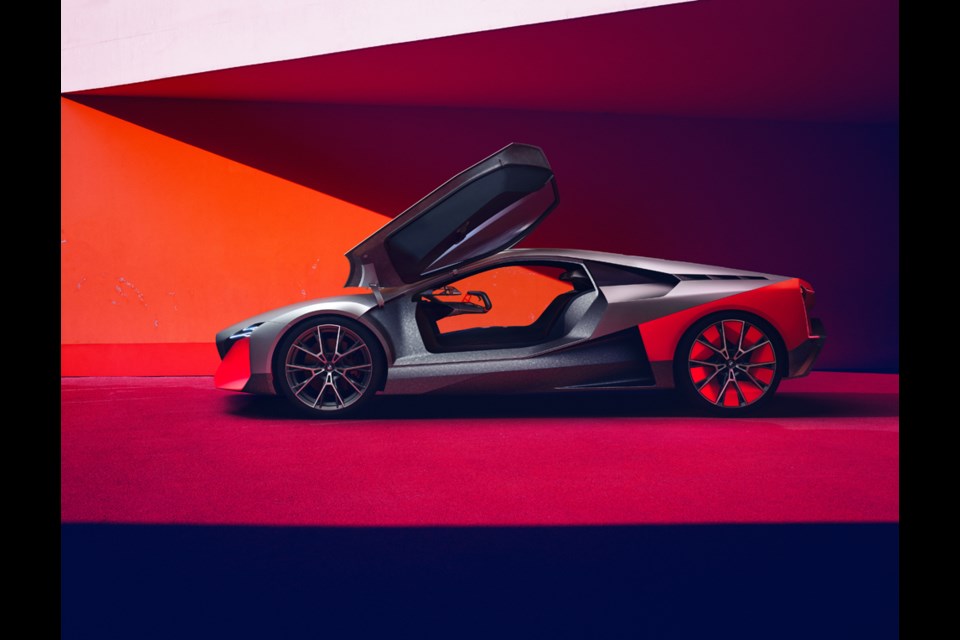It is an exciting time in the world of electric vehicles (EVs) and hybrids, with automakers worldwide working to bring to the market new models at every possible price point.
Activity has been especially frantic at the premium end of the industry, with megalux nameplates like Rolls-Royce, Aston Martin, Ferrari and others all busy developing new models to meet expected demand.
We look at two new premium models at diverse price points, one of which is here and the other to be unveiled soon.
The all-electric Mini SE combines compact size with an approachable price tag, while the BMW Vision M NEXT hybrid ticks all the boxes for sports supercar buyers, and will be priced accordingly.
The Mini was a brilliant re-creation of a sixties icon and a huge success from the start. After many spin-offs, an EV variant was inevitable and it’s arriving this year with an under $40,000 price tag – quite accessible given its place at the premium end of the small car market. Like other EVs, it’s eligible for federal and provincial zero-emission vehicle grants.
The Mini SE is powered by an electric motor of 184-horsepower and given the impressive torque characteristics of EVs, it promises owners a satisfyingly sporty experience.
A lithium-ion high voltage battery endows the car with an excellent range of between 234-km to 270-km. The Mini SE can handle all four of the generally available charging levels, including the 35-minute Level 3 fast charger.
Mini has not skimped on equipment levels for this model and the list of standard goodies is so long it easily places the car in the ‘compact luxury’ segment.
The upcoming 2023 BMW Vision M Next is, in contrast, a luxury hybrid supercar that might well signal the, last of cars in this class with whopping 6-litre V-12s under their hoods. Now at the prototype stage, the car boasts a 2.0-litre, 4-cylinder turbo for power, but aided by a couple of electric motors, it delivers a stirring 600-horsepower to two or four wheels.
This exciting new BMW is a plug-in hybrid electric vehicle (PHEV) and it is spearheading the direction in which BMW plans to go over in the coming years.
PHEVs are a smart choice for buyers who like the idea of an EV, but are daunted by range anxiety. The Vision M does have an all-electric range of around 100 km - all most people need for a day of local driving. When pure EV capability begins to fade, the gas engine is there to take over for mobility and charging.
This radical new BMW was shown at Monterey Car Week in 2019, and although BMW wasn’t saying much, most insiders note that 2023 would see the first cars roll off the production line. As might be expected, much of the Vision bodywork is carbon fibre. Lightness is an important factor in any hybrid or EV to optimize power.
The opulent cockpit is packed with intriguing tech features, but you wouldn’t know it because it’s a very clean design. The key dash feature is a screen that seems to wrap around the area ahead of the steering wheel.
Opening the scissor doors and climbing behind the wheel of a BMW Vision M NEXT is going to be a very special experience and few supercars will be more eagerly awaited. No pricing has yet been announced.
Judging by the interest already generated by these new models, expect to see increased competition from global competitors at both ends of the price spectrum.



